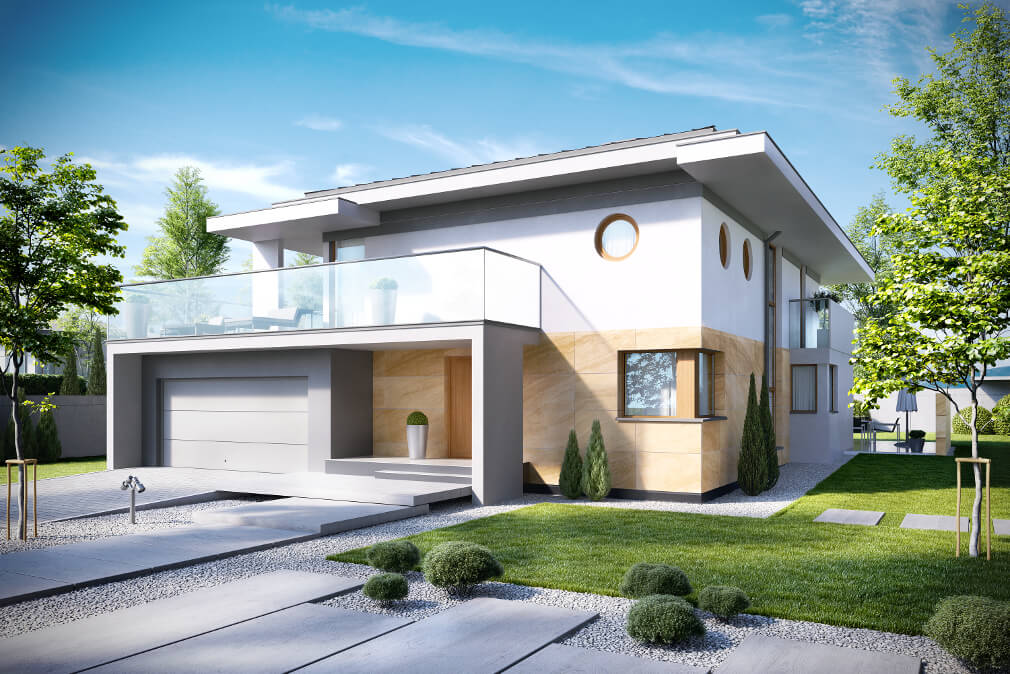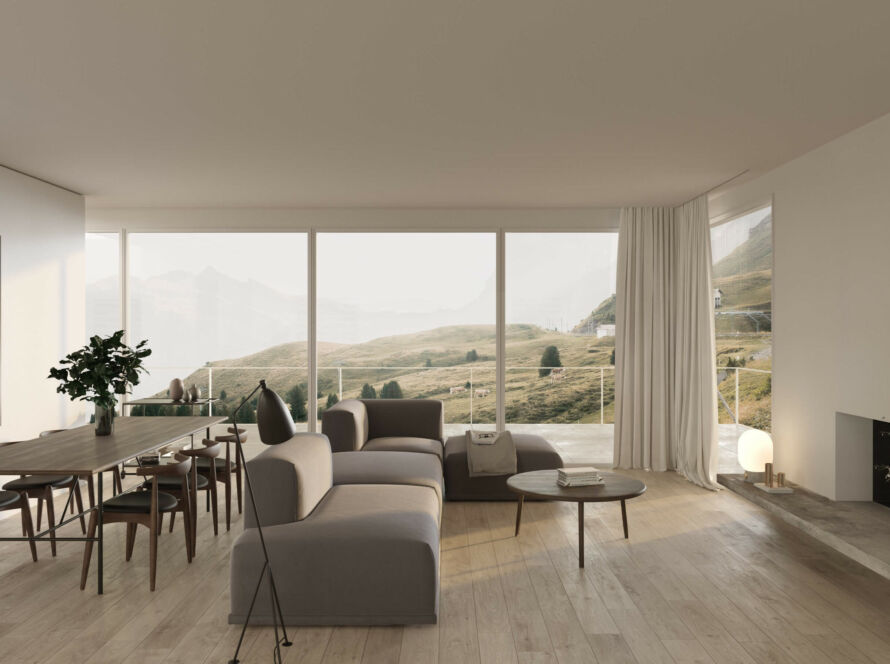3D printing has been around for quite some time, but it’s only recently that it’s become a fixture in the world of design. Whether you’re a graphic designer, architect, or seamstress, 3D printing is making it easier than ever to create custom designs. In this article, we’ll explore three different types of 3D design and how they can help your business grow and improve. So whether you need new logo designs, models for your website or illustrations for your marketing materials, 3D design is the perfect way to go.
Printing for Objects
There are a few different types of 3D printing that can be used to create objects. The most common type is stereolithography, which uses lasers to print layers of plastic on a moving build platform. Other methods of 3D printing include extrusion, where the object is melted and forced out through small nozzles, and FDM, or Fused Deposition Modelling, which uses a heated nozzle to fuse tiny pellets of plastic together.

3D printers are not just for making objects; they can also be used to produce prototypes. Prototypes can be used to test products before they’re released to the public or used in marketing campaigns. They’re also useful for creating models for training or instruction.
3D printing is a fast and versatile technology that can be used to create a variety of objects. It’s also becoming more affordable, so it’s likely to become an even more popular way to create products.
3D Scanning for Prototyping
D scanning is a design process where you rapidly generate ideas by sketching on paper. The process helps you to rapidly explore possible solutions to problems, and it can be very helpful in introducing new design concepts or solving existing problems.
There are three main types of d scanning: quick sketches, low fidelity drawings, and high fidelity drawings. Quick sketches are typically used to quickly explore possible solutions to problems that don’t require a lot of detail. Low fidelity drawings are usually used for preliminary designs, while high fidelity drawings are usually used for final designs.
The most important thing to remember when using d scanning is that you should always be mindful of the time it takes to generate each idea. You should also keep in mind the limitations of your computer and software, as well as the time it will take you to produce a high fidelity drawing.

3D Animation for Visualization
There are two main types of design: Graphic and interactive. Graphic designs focus on creating an image or piece of text that can be used on products or websites. Interactive designs involve interactions between the user and the design, such as asking them to input data or fill out forms.
3D animation can be used for both graphic and interactive purposes. It’s commonly used in marketing and advertising, where it helps to create a more realistic feeling for the viewer. This is especially important when trying to sell products that are difficult to picture, like cars or clothing.

Another common use for d animation is in video games. This is because it allows designers to create believable characters and scenes without having to worry about the technical aspects of 3D graphics. This makes games more immersive and easier to follow, which is good news for gamers who are busy but want quality entertainment.
If you’re interested in using d animation for your next project, be sure to research the different types available and decide which is best for your needs. There are a lot of options out there, so it can be hard to know which one to choose. By consulting with an expert, you’ll be able to get the most from your animation and make sure it’s effective in reaching your intended audience.
Conclusion
If you’re looking to get into 3D design, there are a few different types of design that you should know about. Here are the main three: 1. Computer Graphics – This is the most common type of 3D design, and it uses special software to create images and videos that can be viewed on computers or mobile devices. 2. Virtual Reality – This type of 3D design uses computer technology to create environments that users can interact with in a simulated way. For example, you might be able to stand inside a virtual building or explore an imaginary world. 3. Augmented Reality – This is a type of 3D design where digital elements are overlaid on real-world objects. You could, for instance, see information about products while you shop in a store or read reviews while browsing online.





